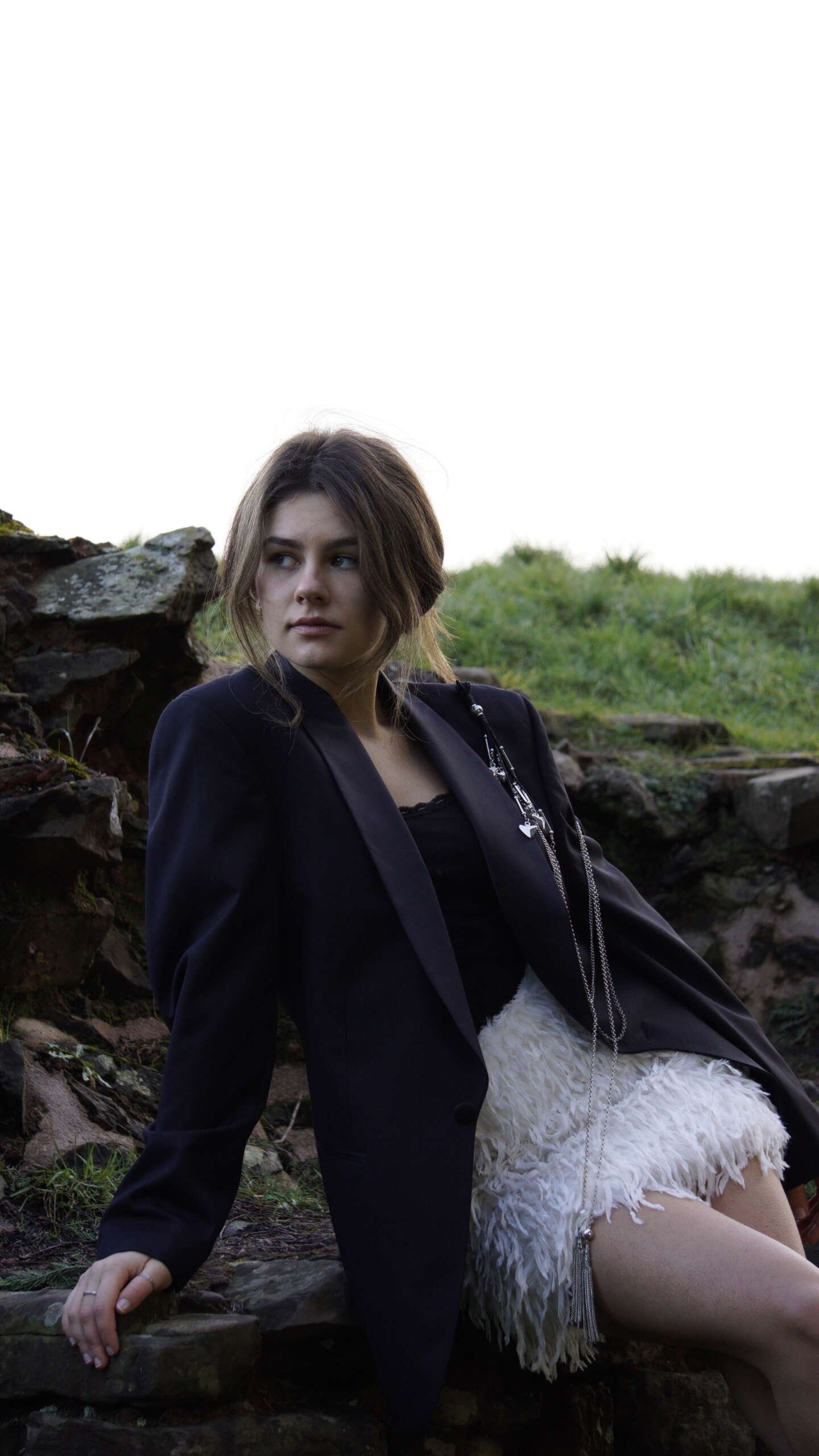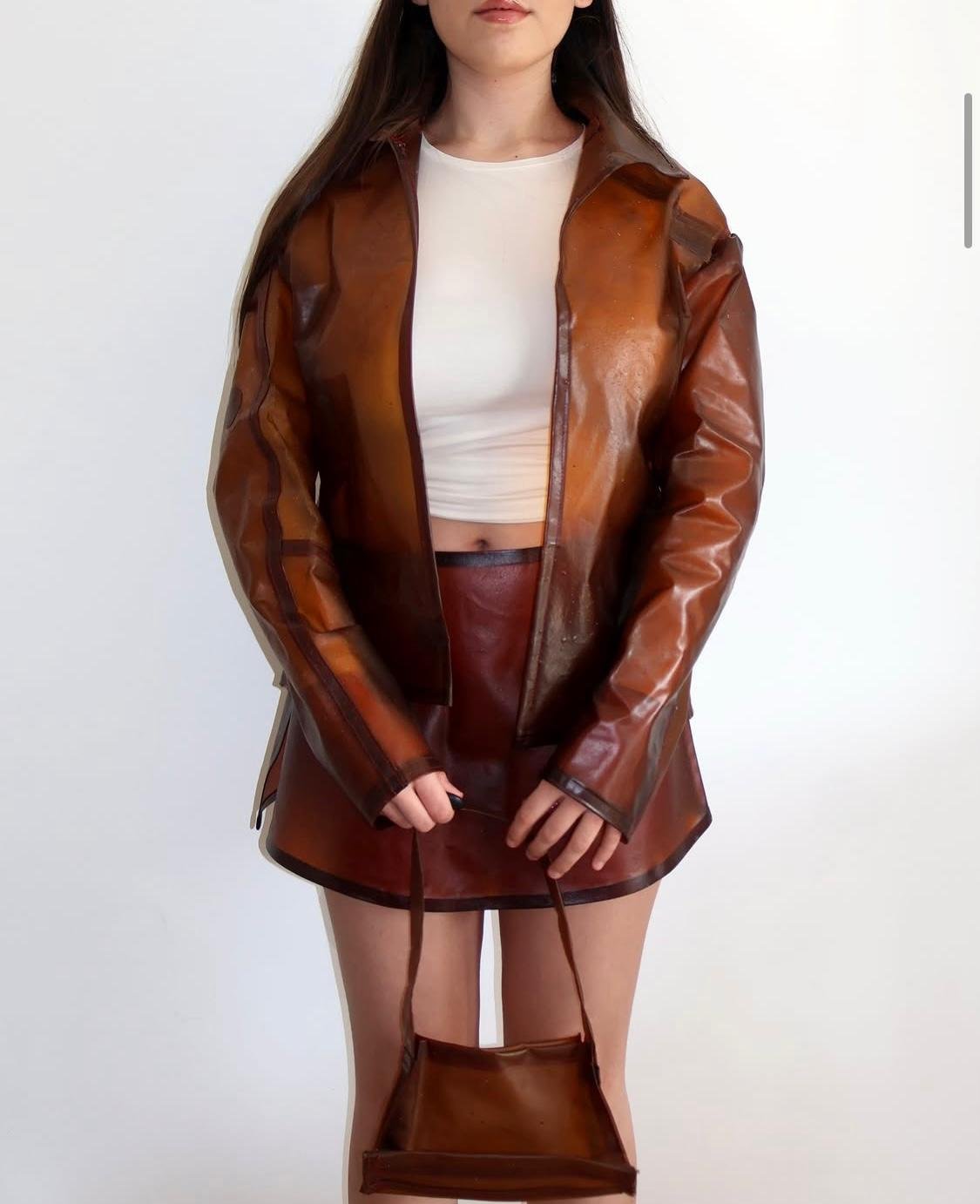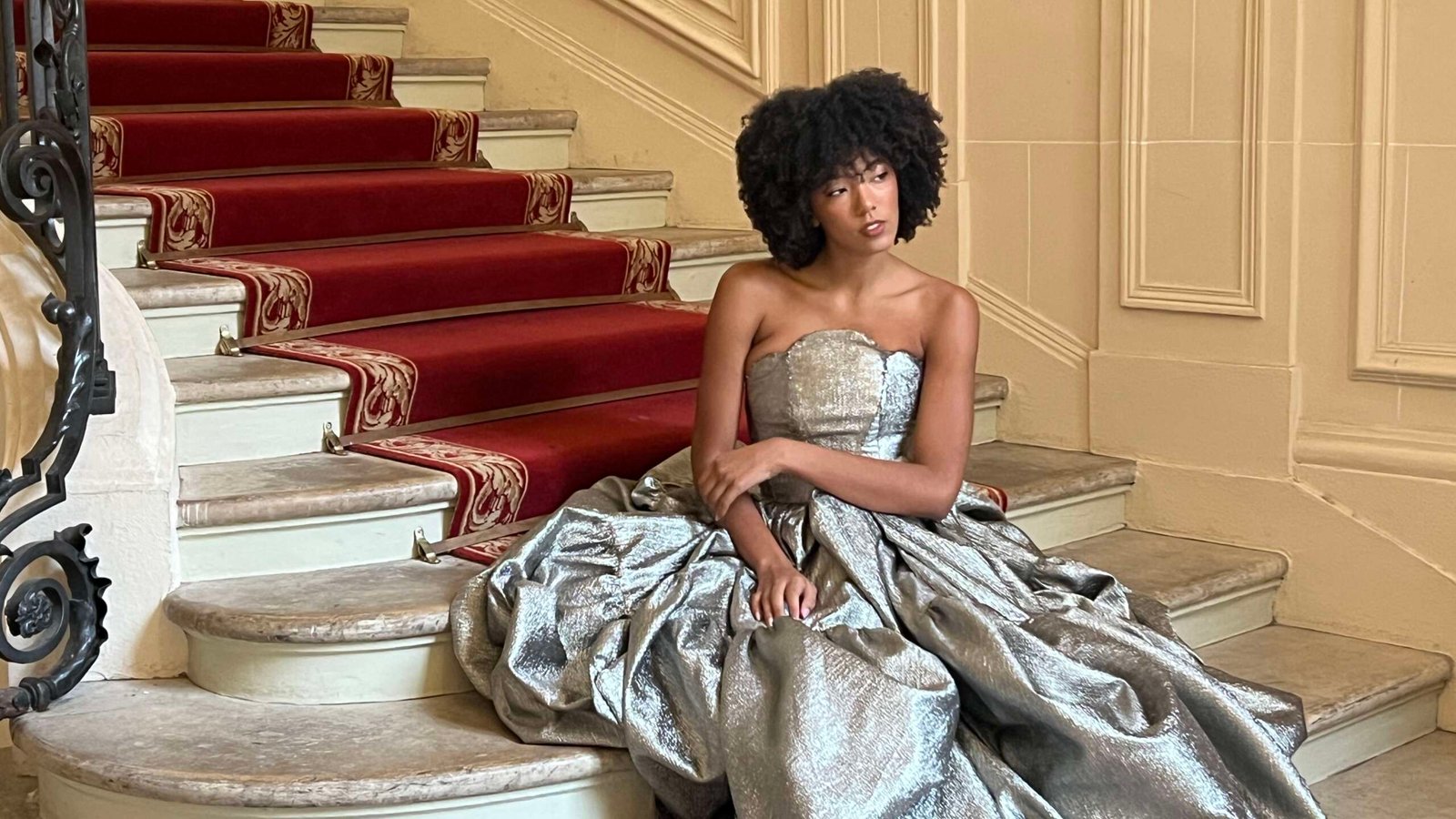The Rise
In the late ’90s and early 2000s, the Victoria’s Secret Fashion Show became an iconic event in the fashion calendar, showing not just lingerie but also the brand’s powerful marketing prowess. Founded in 1977 by Roy Raymond, Victoria’s Secret was reformed into a multi-billion dollar empire under Leslie Wexner’s leadership. By the early 1990s, the brand generated over $1 billion in annual revenue, establishing itself as the American lingerie giant.
The show introduced the world to the “Angels,” a cadre of supermodels who became synonymous with the brand. Legends like Tyra Banks, Gisele Bündchen, Adriana Lima, Heidi Klum, and Alessandra Ambrosio graced the runway, captivating millions with their stunning looks and dazzling personalities. The VS show was a spectacle that combined high fashion with entertainment, featuring the most elaborate sets, and musical performances from top artists like Justin Timberlake, Rihanna, The Weeknd and Taylor Swift.
At its peak in 2013, the show attracted an inspiring 9.7 million viewers, making it a cultural phenomenon and a staple of holiday television. The brand deftly navigated American culture, skillfully shifting its marketing messages to align with the changing perceptions of femininity and sexuality during the Victorian era and into the more liberated ’90s and ’00s.

The Fall
However, the tide began to turn as societal expectations around beauty and inclusivity shifted dramatically. By 2019, viewership had plummeted to just 3.3 million, showing a disconnect between the brand and its audience. The rise of new brands, particularly Rihanna’s Savage X Fenty, challenged Victoria’s Secret’s dominance by offering inclusive sizing, diverse casting, and a more relatable vision of beauty that resonated with a broader audience.
In November 2019, L Brands announced the indefinite cancellation of the fashion show, marking the end of an era. Critics pointed to the brand’s failure to adapt to changing societal norms regarding beauty and body image. The once-celebrated glamour of the show began to look outdated and out of touch, particularly as brands like Savage X Fenty and Aerie gained traction by promoting body positivity and diversity in their marketing campaigns.
The fashion world scrutinized Victoria’s Secret’s approach, especially after the explosive interview in 2018 with then-Chief Marketing Officer Ed Razek, who stated “he didn’t believe transgender models belonged in the show.” This statement, coupled with Wexner’s controversial ties to Jeffrey Epstein, further tarnished the brand’s image, leading to public outrage and a loss of trust among consumers.
Former executives, like Sharleen Ernster, Victoria’s Secret’s ex-Executive Vice President of Design, noted that the brand’s emphasis on sexiness over comfort ultimately hurt its bottom line. “It was a big miss,” she stated, reflecting on the missed opportunities to embrace changing trends like comfortable bralettes or maternity wear.

The Return
After years of rebranding and a complete overhaul of its image, the Victoria’s Secret Fashion Show returned in October 2024 with a fresh perspective. This time, it embraced diversity, inclusivity, and a more modern interpretation of beauty. Gone were the days of exclusive sizing and a singular vision of femininity. The 2024 show featured a multi-racial, multi-size, and multi-generational cast, strutting models like Tyra Banks, Ashley Graham, Jasmine Tookes, Carla Bruni, Paloma Elsesser, Gigi Hadid, and Liu Wen.
The return to the runway was a key moment in the brand’s history, representing a wider range of body types and beauty standards. The inclusion of models like Ashley Graham, who made her Victoria’s Secret Fashion Show debut, symbolized a shift towards body positivity. Graham wore a stunning black lace bodysuit and wings adorned with golden flower accents, capturing the essence of modern femininity. “Even though I just had three children, I felt like an Angel,” she expressed.



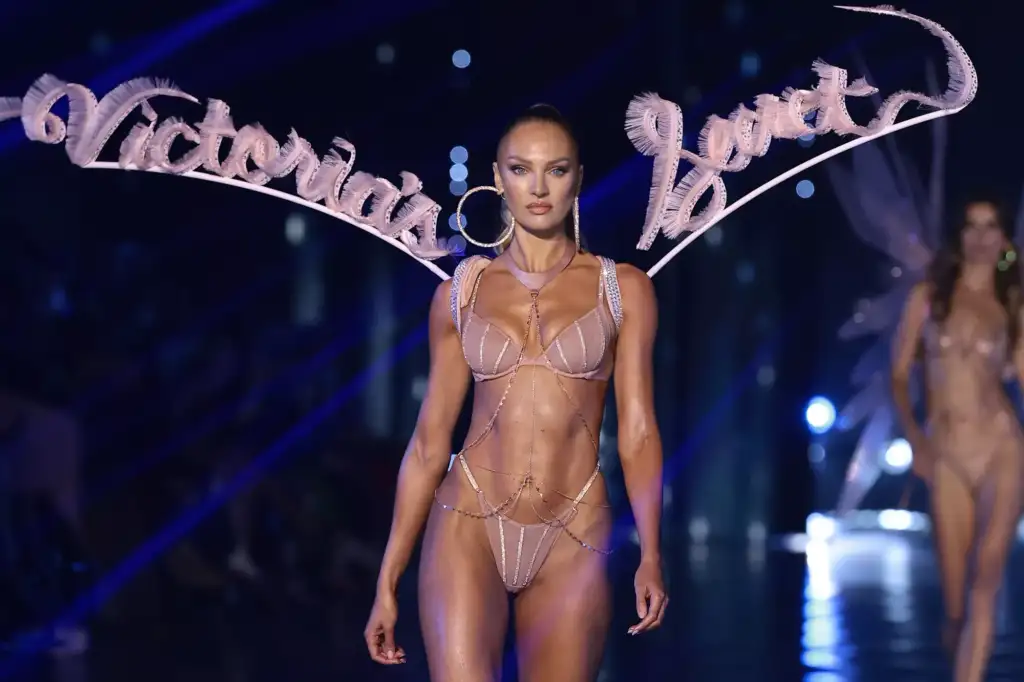
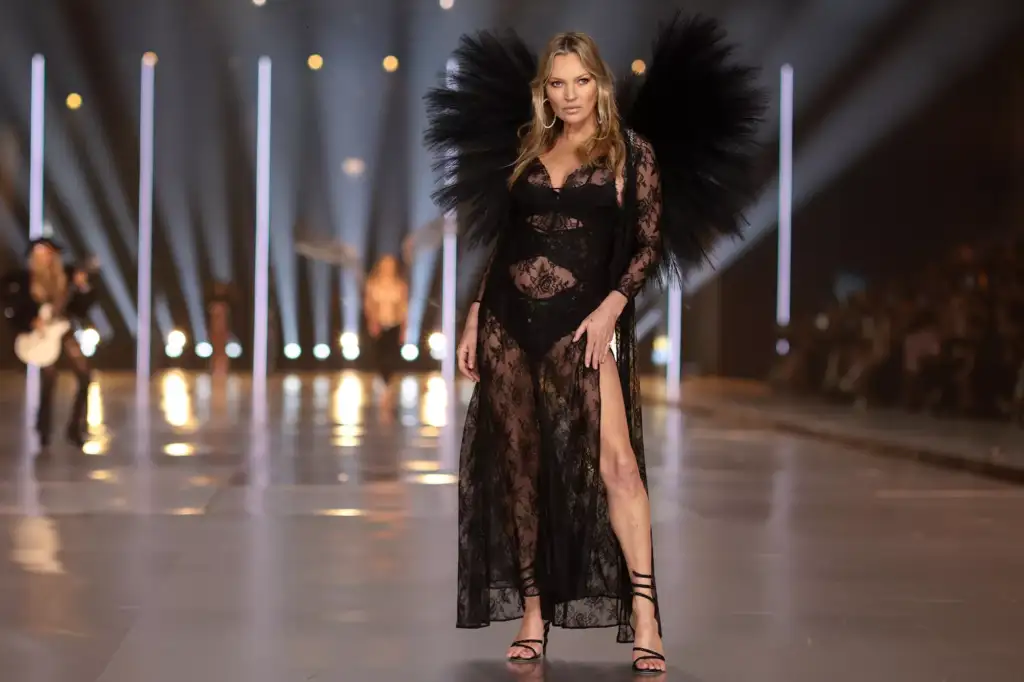








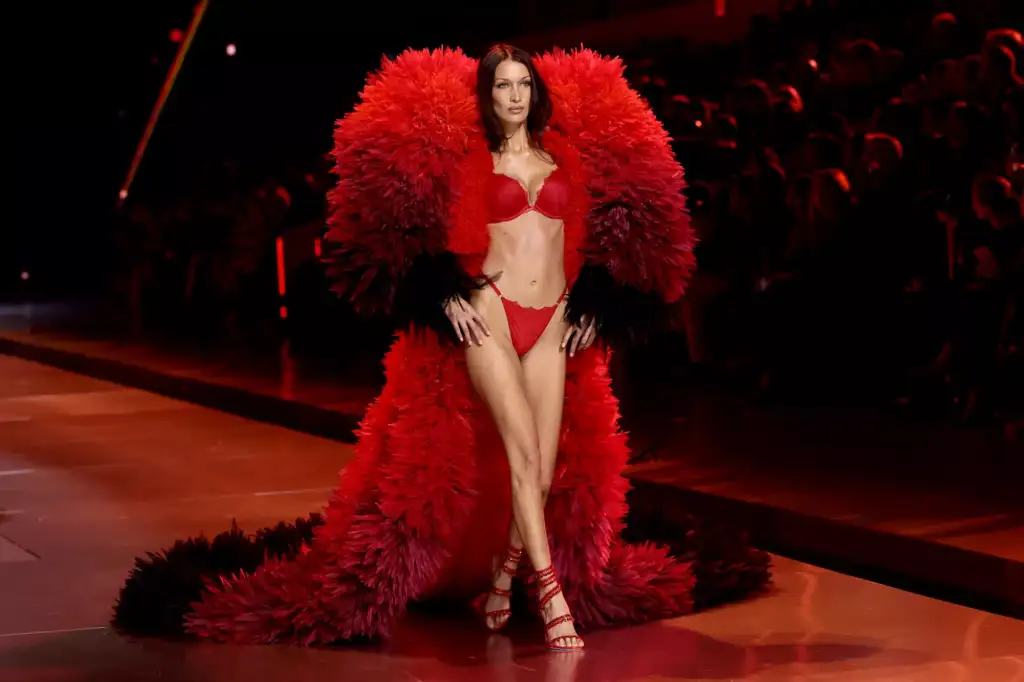
This new format included a live streaming component, allowing fans to engage with the show on social media platforms. Sarah Sylvester, Victoria’s Secret’s executive vice president of marketing, highlighted the importance of acknowledging the brand’s roots while evolving to meet the needs of today’s consumers. “We are realizing that we can evolve and be more modern and more inclusive,” she stated.
The show also featured performances from artists like Tyla, Cher and Black Pink’s Lisa, and welcomed back renowned stars like Tyra Banks, who closed the event for the first time in 19 years in a black crystal bustier, a sparkly pair of leggings, a silver cape and strappy heels. Banks’ presence was a nod to the brand’s storied past and an acknowledgment of its evolution. Celebrity stylist Law Roach remarked on the show’s potential, stating, “It is a work in progress, but it is a good start,” suggesting that the brand is on the right path toward regaining its cultural relevance.
Looking Ahead
As Victoria’s Secret forges it’s new identity, it faces the challenge of operating in an increasingly fragmented market. The brand must connect with younger audiences while maintaining the essence that made it iconic. The 2024 fashion show serves as a hopeful beginning, combining the magic of its past with a new ethos of inclusivity and authenticity.
Read more Fashion articles from KLATMAG
Written by Angel Joanne Okonkwo
Watch the Victoria’s Secret Fashion Show 2024 here:


